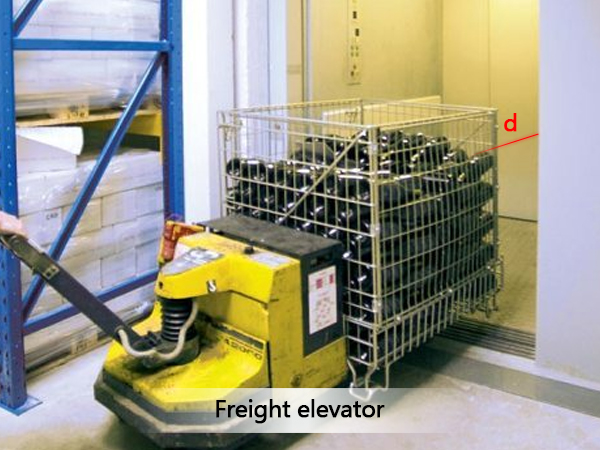How To Use Freight Elevator Ranging Sensor
Freight elevator ranging sensors are designed to enhance safety and efficiency in the operation of freight elevators. These laser ranging sensors detect obstacles or people in the path of the elevator doors or within the elevator shaft to prevent accidents and ensure smooth operation. Here’s a general guide on how to use and maintain a freight elevator ranging sensor:
Installation and Setup of laser ranging device
1. Installation: The installation of the ranging sensor should be done by a professional technician following the Seakeda manufacturer’s instructions. Elevator laser ranging sensors are typically installed at the top of the elevator shaft and/or around the elevator door openings.
2. Calibration: After installation, the laser distance sensor needs to be calibrated to ensure it accurately detects objects within the specified range.
Maintenance of laser ranging module
1. Regular Checks: Regularly inspect the laser measurement sensor for any physical damage or obstructions that might affect its performance.
2. Cleaning: Clean the distance sensor regularly to remove dust or debris that could interfere with its detection capabilities.
3. Testing: Conduct regular tests to ensure the industrial laser distance sensor is functioning properly. This can be done manually or through automated testing protocols built into the elevator system.
Remember, specific models of laser ranging sensors may have unique features and settings. Always refer to the user manual provided by the Seakeda manufacturer sales@seakeda.com for detailed instructions tailored to your specific model of freight elevator ranging sensor.
Email: sales@seakeda.com
WeChat / WhatsApp: 86-18302879423
Post time: Oct-22-2024






